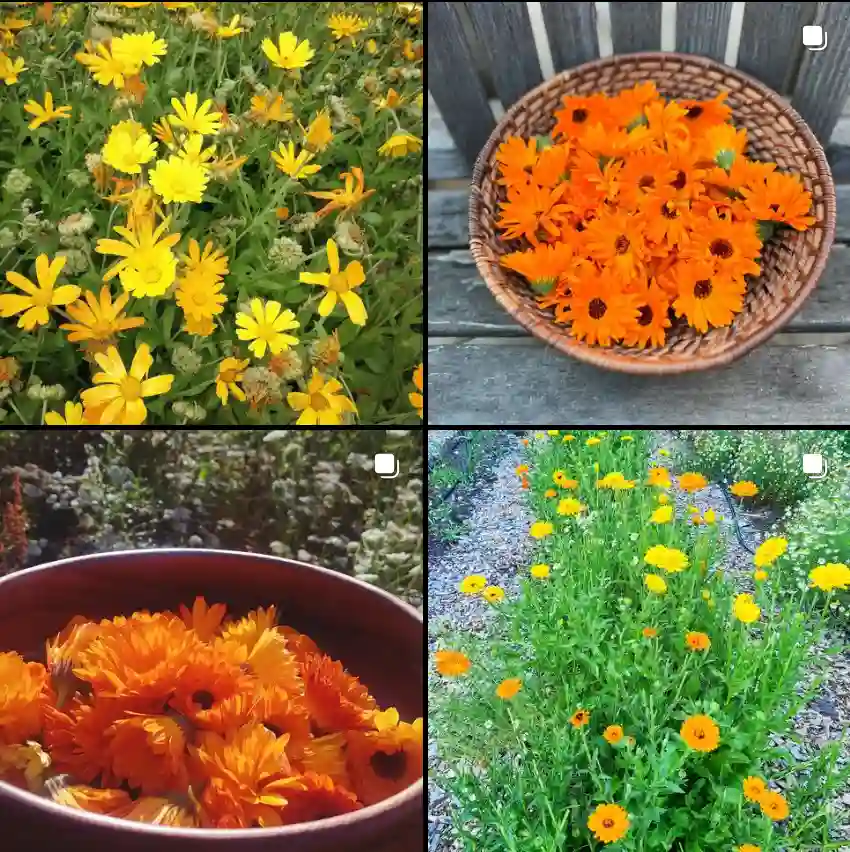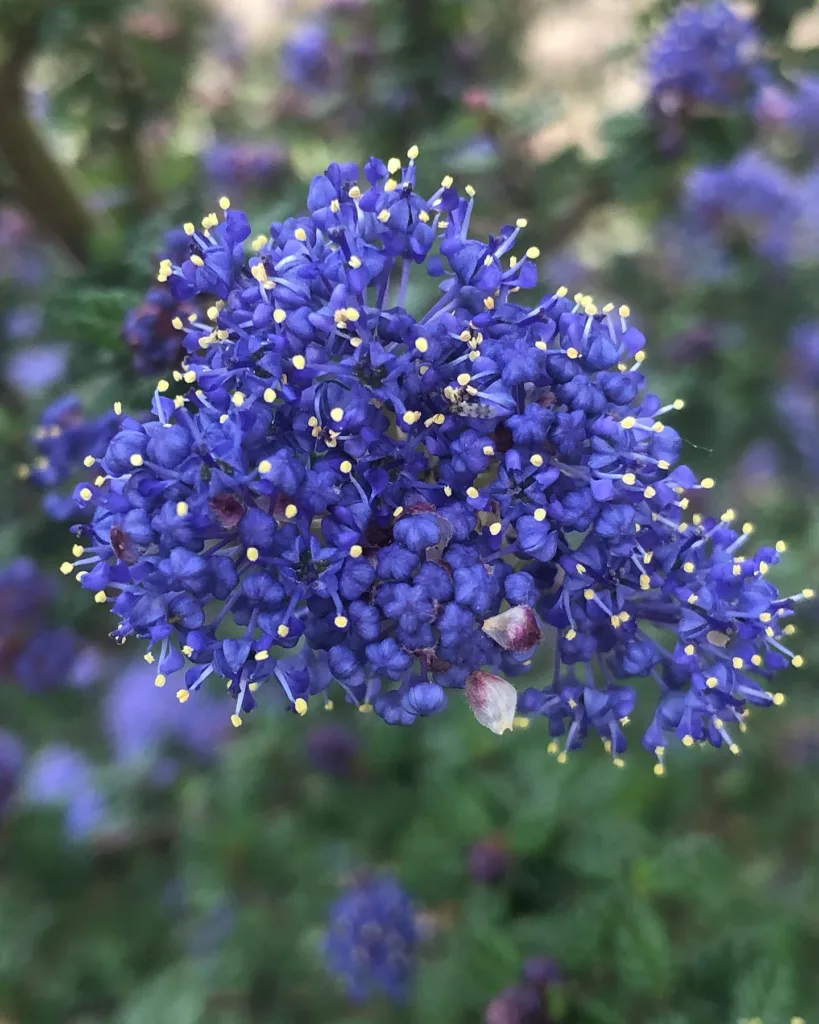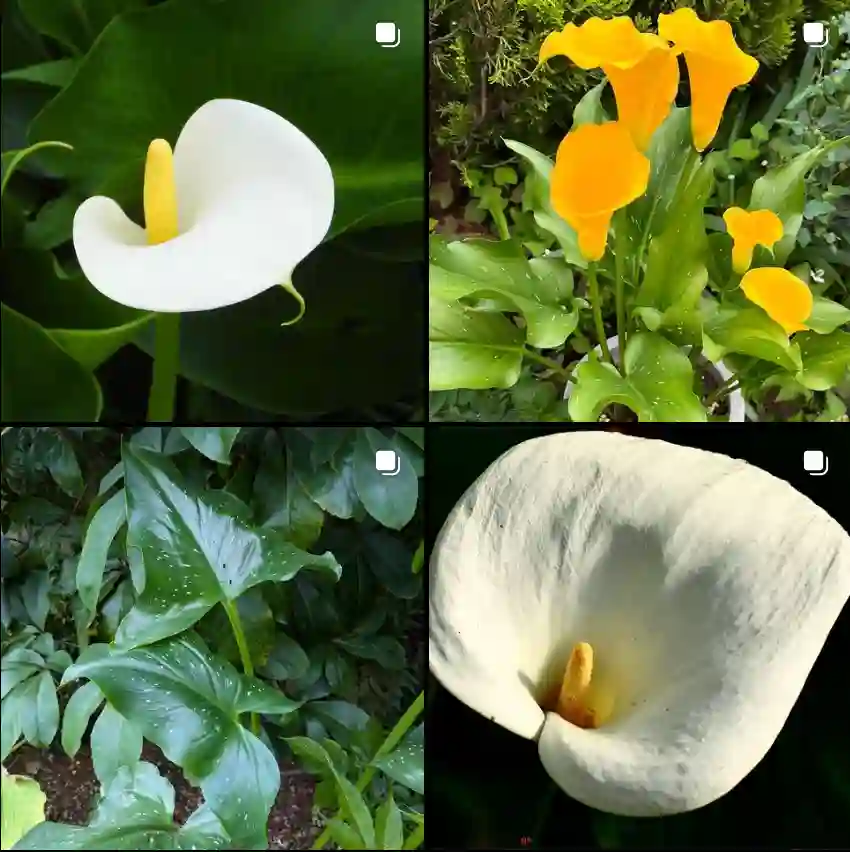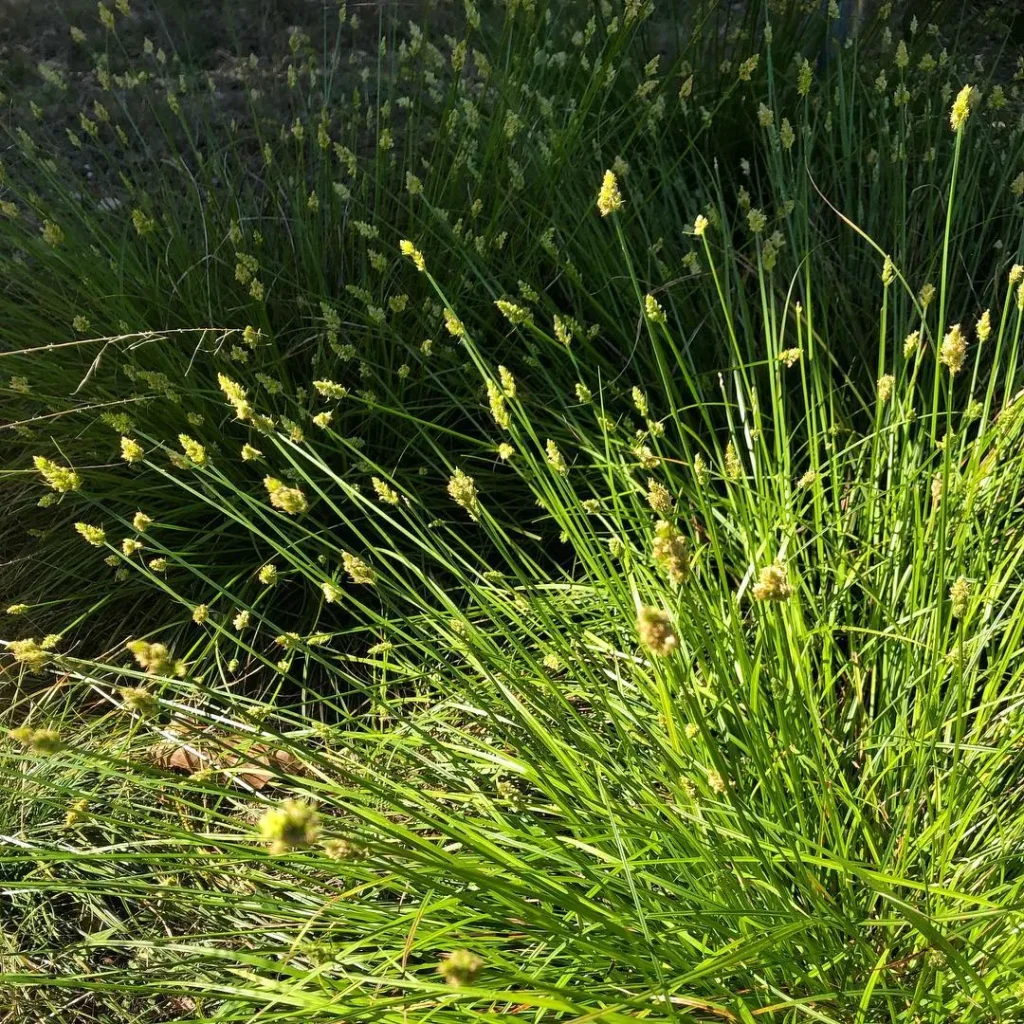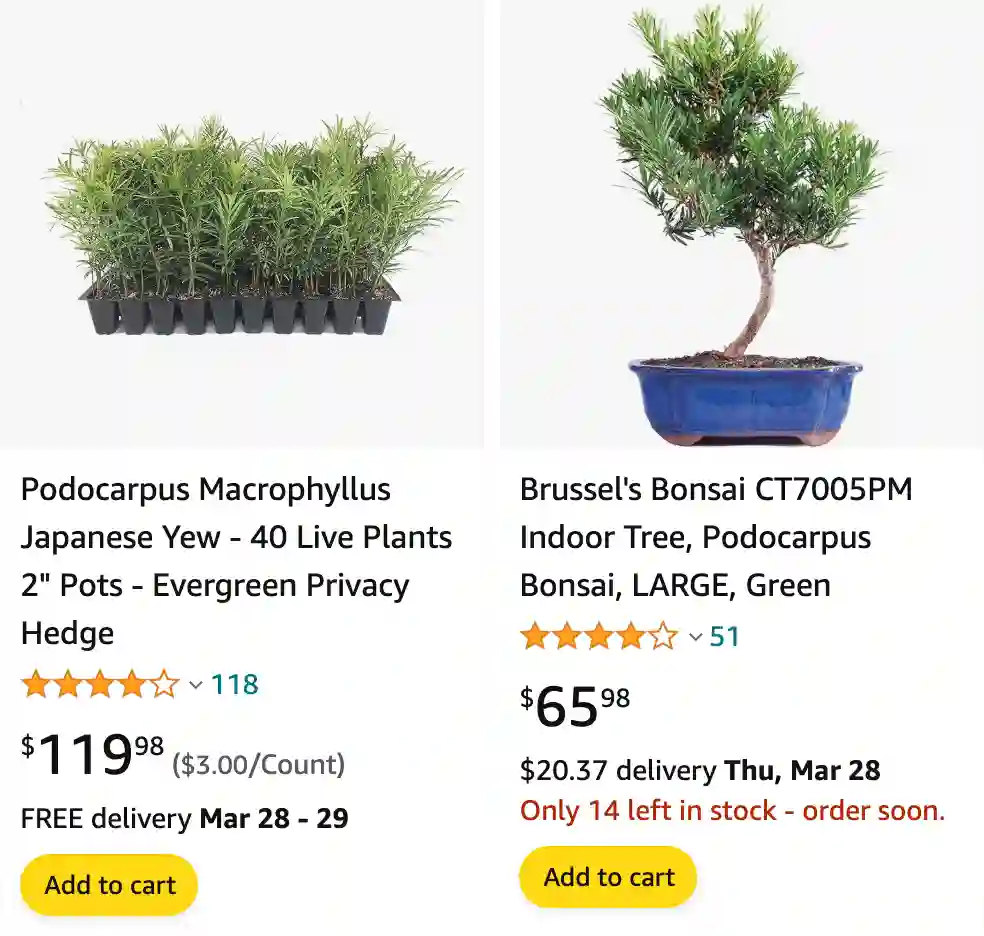
All You Need to Know About Podocarpus: A Plant Enthusiast’s Guide
Hi there, Ferb Vu here! Today, we’re diving into the world of Podocarpus, a fascinating genus of conifers that have captured the hearts of plant lovers worldwide. Whether you’re a seasoned gardener or just starting your botanical journey, this guide will equip you with everything you need to know about these versatile plants.
What is Podocarpus?
Podocarpus (derived from the Greek words “pous” meaning foot and “karpos” meaning fruit) is the largest and most widespread genus in the podocarp family (Podocarpaceae). These evergreen shrubs or trees can range in size from a compact 3 feet to a towering 130 feet, making them suitable for various landscaping needs.
One of the most striking features of Podocarpus is their foliage. Unlike pines with their needle-like leaves, Podocarpus boast beautiful, strap-shaped leaves that range from a vibrant green to a more subdued yellow-green. These leaves add a touch of elegance and texture to any space.
Podocarpus species
- Podocarpus acuminatus de Laub.
- Podocarpus acutifolius Kirk
- Podocarpus affinis Seem.
- Podocarpus angustifolius Griseb.
- Podocarpus annamiensis N.E.Gray
- Podocarpus aracensis de Laub. & Silba
- Podocarpus archboldii N.E.Gray
- Podocarpus aristulatus Parl.
- Podocarpus atjehensis (Wasscher) de Laub.
- Podocarpus beecherae de Laub.
- Podocarpus borneensis de Laub.
- Podocarpus bracteatus Blume
- Podocarpus brasiliensis de Laub.
- Podocarpus brassii Pilg.
- Podocarpus brevifolius (Stapf) Foxw.
- Podocarpus buchii Urb.
- Podocarpus capuronii de Laub.
- Podocarpus celatus de Laub.
- Podocarpus chingianus S.Y.Hu
- Podocarpus confertus de Laub.
- Podocarpus coriaceus Rich.
- Podocarpus costalis C.Presl
- Podocarpus costaricensis de Laub.
- Podocarpus decipiens N.E.Gray
- Podocarpus decumbens N.E.Gray
- Podocarpus deflexus Ridl.
- Podocarpus degeneri (N.E.Gray) de Laub.
- Podocarpus dispermus C.T.White
- Podocarpus drouynianus F.Muell.
- Podocarpus ekmanii Urb.
- Podocarpus elatus R.Br. ex Endl.
- Podocarpus elongatus (Aiton) L’Hér. ex Pers.
- Podocarpus fasciculus de Laub.
- Podocarpus forrestii Craib & W.W.Sm.
- Podocarpus gibbsiae N.E.Gray
- Podocarpus glaucus Foxw.
- Podocarpus globulus de Laub.
- Podocarpus glomeratus D.Don
- Podocarpus gnidioides Carrière
- Podocarpus grayae de Laub.
- Podocarpus guatemalensis Standl.
- Podocarpus henkelii Stapf ex Dallim. & A.B.Jacks Plant FAQs: Podocarpus Henkelii
- Podocarpus hispaniolensis de Laub.
- Podocarpus hookeri de Laub.
- Podocarpus humbertii de Laub.
- Podocarpus idenburgensis N.E.Gray
- Podocarpus insularis de Laub.
- Podocarpus laetus Hooibr. ex Endl.
- Podocarpus lambertii Klotzsch ex Endl.
- Podocarpus laminaris de Laub.
- Podocarpus latifolius (Thunb.) R.Br. ex Mirb.
- Podocarpus laubenfelsii Tiong
- Podocarpus lawrencii Hook.f.
- Podocarpus ledermannii Pilg.
- Podocarpus lenticularis de Laub.
- Podocarpus levis de Laub.
- Podocarpus × loderi Cockayne
- Podocarpus longifoliolatus Pilg.
- Podocarpus lophatus de Laub.
- Podocarpus lucienii de Laub.
- Podocarpus macrocarpus de Laub.
- Podocarpus macrophyllus (Thunb.) Sweet Plant FAQs: Podocarpus Macrophyllus – Yew Podocarpus
- Podocarpus madagascariensis Baker
- Podocarpus magnifolius J.Buchholz & N.E.Gray
- Podocarpus marginalis de Laub.
- Podocarpus matudae Lundell
- Podocarpus micropedunculatus de Laub.
- Podocarpus milanjianus Rendle
- Podocarpus nakaii Hayata
- Podocarpus neglectus Blume
- Podocarpus neolinearis Idrees & Z.Yong Zhang
- Podocarpus neriifolius D.Don
- Podocarpus nivalis Hook.
- Podocarpus novae-caledoniae Vieill. ex Brongn. & Gris
- Podocarpus novoguineensis de Laub.
- Podocarpus nubigenus Lindl.
- Podocarpus oblongus de Laub.
- Podocarpus oleifolius D.Don
- Podocarpus orarius R.R.Mill & M.Whiting
- Podocarpus palawanensis de Laub. & Silba
- Podocarpus pallidus N.E.Gray
- Podocarpus parlatorei Pilg.
- Podocarpus pendulifolius J.Buchholz & N.E.Gray
- Podocarpus perrieri Gaussen & Woltz
- Podocarpus pilgeri Foxw.
- Podocarpus polyspermus de Laub.
- Podocarpus polystachyus R.Br. ex Endl.
- Podocarpus pseudobracteatus de Laub.
- Podocarpus purdieanus Hook.
- Podocarpus ramosii R.R.Mill
- Podocarpus ridleyi (Wasscher) N.E.Gray
- Podocarpus roraimae Pilg.
- Podocarpus rostratus J.Laurent
- Podocarpus rubens de Laub.
- Podocarpus rumphii Blume
- Podocarpus rusbyi J.Buchholz & N.E.Gray
- Podocarpus salicifolius Klotzsch & H.Karst. ex Endl.
- Podocarpus salignus D.Don
- Podocarpus salomoniensis Wasscher
- Podocarpus sellowii Klotzsch ex Endl.
- Podocarpus smithii de Laub.
- Podocarpus spathoides de Laub.
- Podocarpus spinulosus (Sm.) R.Br. ex Mirb.
- Podocarpus sprucei Parl.
- Podocarpus steyermarkii J.Buchholz & N.E.Gray
- Podocarpus subtropicalis de Laub.
- Podocarpus sylvestris J.Buchholz
- Podocarpus tepuiensis J.Buchholz & N.E.Gray
- Podocarpus teysmannii Miq.
- Podocarpus thevetiifolius Zipp. ex Blume
- Podocarpus tixieri Gaussen ex Silba
- Podocarpus totara G.Benn. ex D.Don
- Podocarpus transiens (Pilg.) de Laub.
- Podocarpus trinitensis J.Buchholz & N.E.Gray
- Podocarpus urbanii Pilg.
- Podocarpus vanuatuensis de Laub.
- Podocarpus victorinianus Carabia
Podocarpus vs Clusia
I find Podocarpus easier to shape into a neat hedge than Clusia, which tends to grow more freely.
Podocarpus vs Japanese Yew
Podocarpus offers a denser foliage compared to Japanese Yew, making it my top pick for privacy.
Podocarpus vs Viburnum
While Viburnum provides beautiful flowers, I prefer the year-round lushness of Podocarpus in my garden.
Popular Podocarpus Varieties
With over 100 species under its umbrella, Podocarpus offers a diverse range of choices for plant enthusiasts. Here are a few popular varieties:
- Maki Podocarpus (Podocarpus macrophyllus var. maki): This versatile variety is a favorite for its dense, compact growth habit. It thrives in coastal areas and is known for its salt and drought tolerance.
- Southern Yew (Podocarpus macrophyllus): This species can be grown as either a shrub or a small tree. It’s prized for its glossy, green foliage and makes an excellent choice for screens or specimen plantings.
- Totara (Podocarpus totara): A native of New Zealand, Totara is known for its slow growth rate and eventual transformation into a majestic tree. Its dark, reddish-brown wood is prized for its durability.
- Fruticosus Podocarpus (Podocarpus fruticosus): This low-growing variety is ideal for borders or containers. Its smaller stature makes it perfect for compact spaces.
Podocarpus vs. Yew: A Tale of Two Conifers
Podocarpus is often mistaken for yew (Taxus) due to their similar evergreen foliage. However, there are some key differences between these two plants:
- Fruits: Podocarpus produces fleshy, berry-like fruits (although these are rarely seen on houseplants). Yew, on the other hand, produces a red, fleshy aril that surrounds a single seed.
- Toxicity: Yew is highly toxic to humans and animals if ingested, while Podocarpus is generally considered mildly toxic.
- Flowers: Neither Podocarpus nor Yew produce true flowers. However, Podocarpus has inconspicuous cones, while Yew has small, yellow flowers.
How to care for Podocarpus?
Podocarpus are relatively low-maintenance plants that are well-suited for beginner gardeners. Here are some key care tips:
- Light: Podocarpus prefers bright, indirect sunlight. Avoid harsh, direct sun exposure, which can scorch the leaves.
- Water: Water your Podocarpus regularly, allowing the top inch of soil to dry out between waterings. Avoid overwatering, which can lead to root rot.
- Soil: Podocarpus thrives in well-draining, slightly acidic soil. A good quality potting mix for houseplants is often sufficient.
- Fertilizer: During the growing season (spring and summer), you can fertilize your Podocarpus with a balanced fertilizer once a month.
- Pruning: Podocarpus respond well to pruning, allowing you to maintain their desired shape and size.
Podocarpus: Beyond the Basics
Here are some additional interesting facts about Podocarpus:
- Cultural Significance: In some cultures, Podocarpus is considered a symbol of longevity and good fortune.
- Air Purification: Studies suggest that Podocarpus may help improve indoor air quality by removing toxins.
- Wildlife: The fleshy fruits of Podocarpus are a food source for birds.
With its attractive foliage, ease of care, and adaptability, Podocarpus is a fantastic addition to any home or garden. So, if you’re looking for a versatile and rewarding plant, consider welcoming a Podocarpus into your green haven.
If i die, water my plants!
